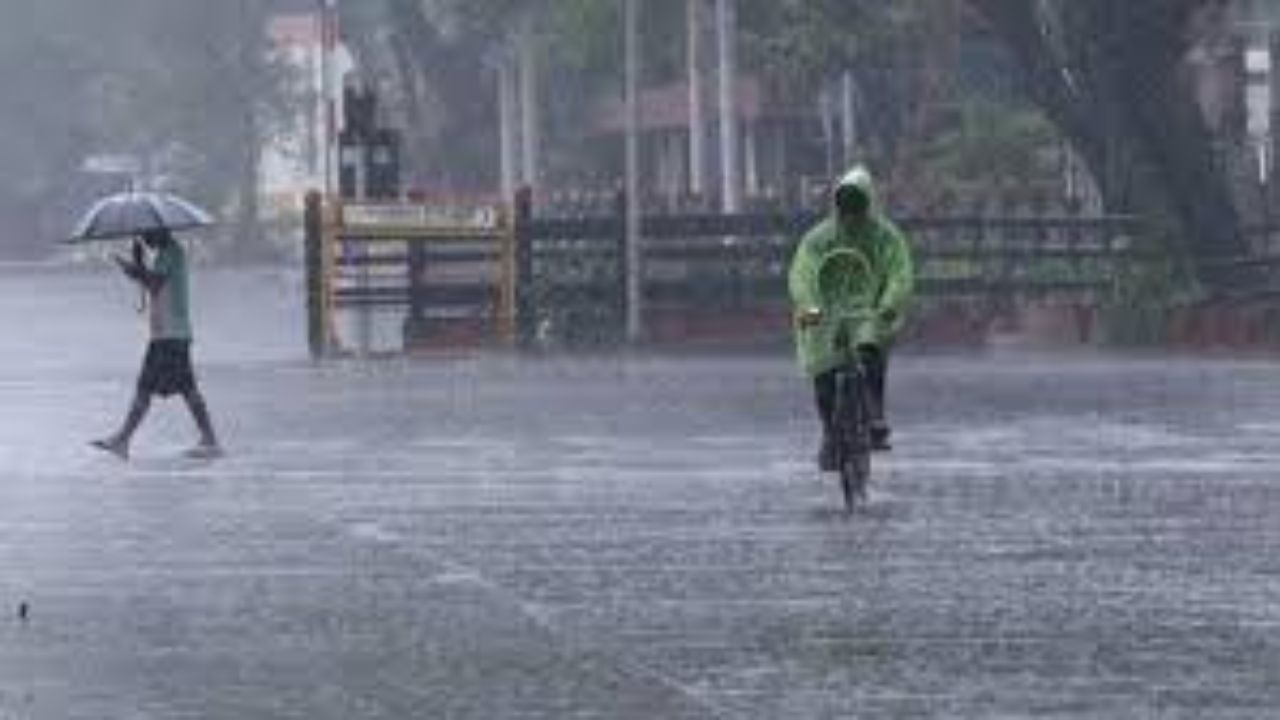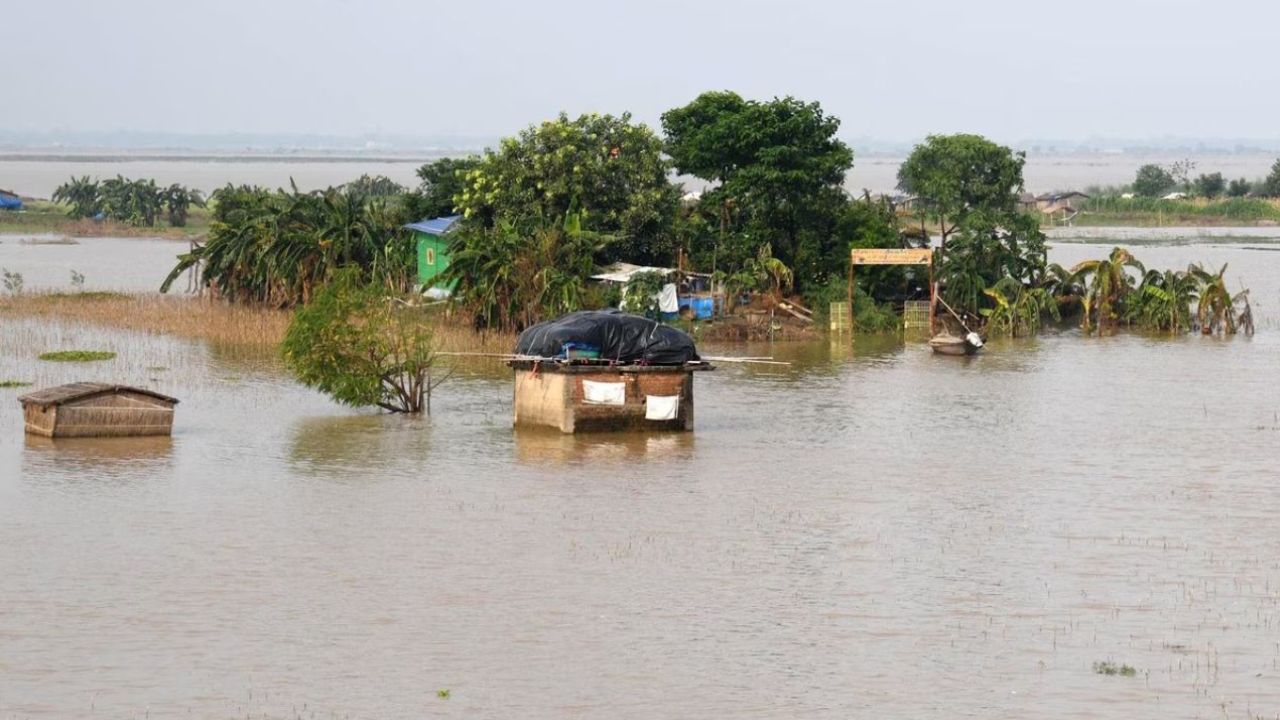 English
English

Northwest and South India recorded historic August rainfall, exceeding norms by 30-34%. IMD predicts continued heavy showers in September. Floods and landslides have devastated Punjab, Uttarakhand, Himachal, and Jammu, disrupting travel, causing fatalities, and prompting large-scale Army and NDRF rescue operations.

Mixed weather across India due to monsoon
New Delhi: Northwest and South India recorded historic August rainfall, exceeding norms by 30-34%. IMD predicts continued heavy showers in September. Floods and landslides have devastated Punjab, Uttarakhand, Himachal, and Jammu, disrupting travel, causing fatalities, and prompting large-scale Army and NDRF rescue operations.
Unprecedented rainfall in northwest and south India
The month of August this year was historic for India, with northwest India recording 265 mm of rainfall. This is the highest since 2001 and the 13th highest since 1901. This is about 34.5% more than the normal rainfall level (197.1 mm) of the region.
Not only the northwest, but also south peninsular India faced record-breaking rainfall, where 250.6 mm of rain was recorded, which is 31% more than normal. This was the third highest rainfall there since 2001.
Weather Department warning and September forecast
The India Meteorological Department (IMD) has warned that this trend of heavy rains may continue in September as well. According to Director General of Meteorology Mrityunjay Mohapatra, South Peninsular India is likely to receive 109% more rainfall in September than normal (167.9 mm), i.e., almost double.

Red alert issued in some areas (Source: Internet)
A major reason for this is the change in the date of withdrawal of the monsoon. Earlier this withdrawal used to start from Rajasthan on September 1, but now it has been postponed till September 17, which means that the monsoon will remain active in September as well.
Overview of the overall monsoon
This year, monsoon rainfall has been above normal across the country. In the period from June 1 to August 31, the country recorded 743.1 mm of rainfall, which is 6% more than the long-term average (700.7 mm).
In particular, northwest India received 614.2 mm of rainfall between June and August, which is 27% more than normal (484.9 mm). Due to continuous good rains in June and July, the rivers and ponds of northwest and central India are full.
Crisis caused by floods and landslides
Excessive rainfall has led to grave situations in many parts of the country. Floods have disrupted life in Punjab, where more than 1300 villages in 10 districts are in the grip of floods. Unfortunately, many people died in Abohar, Sangrur, Mansa, and Amritsar due to the roof and wall collapse of houses. The situation is even more serious in the hill states.
Landslides in the Pithoragarh district of Uttarakhand blocked the tunnels of the Dhauliganga power project, leaving 19 employees stranded for 24 hours. The Jammu-Srinagar National Highway remained closed for six consecutive days, and the Shri Mata Vaishno Devi Yatra also had to be postponed. Roads have been blocked by landslides in many districts of Himachal Pradesh.
Relief and rescue operations
Security forces have launched massive relief operations to deal with these natural calamities. In flood-affected areas like Gurdaspur and Ferozepur of Punjab, the Army, National Disaster Response Force (NDRF), and Border Security Force (BSF) are engaged in rescuing and helping people.
Food and medicines have been arranged for the people stranded in 122 relief camps in the state. The army is providing relief to the people stranded in remote areas with the help of helicopters and drones. IMD has issued a red alert for heavy rains in four districts of Himachal Pradesh and warned people to be alert and cautious.